
Nissan Pulsar Hatchback (2014-2018) engines, drive and performance
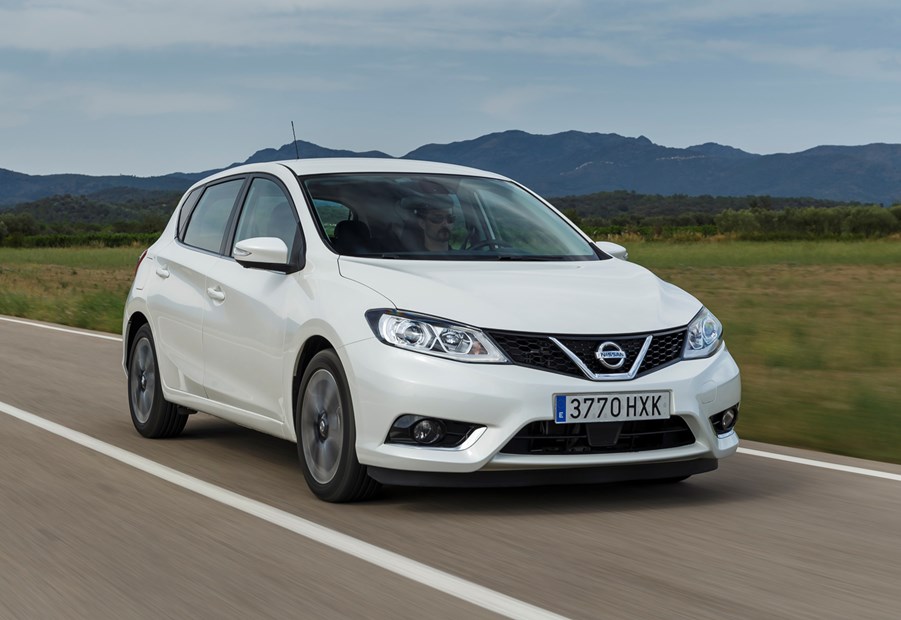
With sedate looks and economy-focused engines, Nissan Pulsar performance wasn’t expected to be scintillating, and it isn’t. Whether you choose petrol or diesel, they’re adequate for the job of propelling the Pulsar.
From launch the Pulsar will be available with a choice of two frugal motors, the diesel expected to make up the bulk of sales.
Diesel engine
The 1.5-litre dCi 110 has already seen service in a number of other Nissans (as well as partner Renault’s models), offering a sensible mix of economy and performance, particularly at lower engine speeds where the diesel’s greater torque figure – 260Nm at 1,750rpm – ensures it pulls away from junctions and completes overtaking manoeuvres with greater ease. On the downside, the 108bhp engine is noisy compared to rivals’ newer diesels, especially when worked hard.
Covering 0-62mph in a leisurely 11.5 seconds confirms this Pulsar isn’t one you’ll want to harry along and while its six-speed manual gearbox is smooth, the throw of the lever is long, promoting more careful and relaxed gear changes. This benefits fuel efficiency, with Nissan claiming an average of 78.5mpg – a mid-50s figure seemed more achievable on our test.
Petrol engine
Switch to the 1.2-litre DIG-T 115 petrol and immediately you’ll notice is significantly quieter than the diesel, as well as lacking lower speed urgency. Roll towards a roundabout in third gear and you’re still likely to need to drop to second to avoid pedestrian pace around it. Peak torque of 190Nm at 2,000rpm confirms what’s felt on the road, while a marginal 5bhp advantage over the diesel, to 113bhp, ensures performance is only slightly better; the sprint from 0-62mph taking 10.7 seconds. Both have a theoretical top speed of 118mph.
Economy claims aren’t as impressive as the dCi’s, with 56.5mpg being the official figure. Again, a lower 42mpg was achieved during our test on the launch.
Those requiring an automatic gearbox can specify Nissan’s seven-speed Xtronic CVT transmission on the 1.2-litre petrol, while a 187bhp DIG-T petrol is scheduled to appear in 2015 providing a faster driving experience.
In a market where rivals aim to satisfy savvy buyers’ appreciation of keen driving, the Pulsar’s handling is disappointingly anodyne.
While enthusiasts may lament Nissan’s chosen direction for the Pulsar’s handling setup, the core demographic was left behind when the Almera disappeared from price lists will rejoice. This is a car that majors on comfort, and it does it well.
That ability to eat up miles with consummate ease won’t be lost on company car drivers, who Nissan hopes will account for 60 percent of Pulsar sales. It’s a car that you can step out of after hours on the road feeling relaxed and fatigue-free – the flipside is it’s not especially memorable.
Hand-in-hand with the Pulsar’s comfort aspect is its sheer easiness to drive. Pedals, gear lever and steering are all light and react best to gentle, persuasive inputs rather than manhandling. It’s no surprise to discover that the steering itself lacks much in the way of feel, but it grips well and corners accurately, before gently pushing wide as you unleash more power through the front wheels mid-bend.
Thankfully this comfort-centric aspect is well-controlled; body roll is kept largely in check through bends which necessitate a rapid change in direction, and neither does the Pulsar dive or pitch excessively under heavy braking and acceleration, respectively.


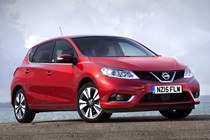
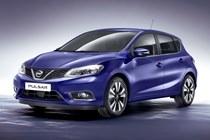
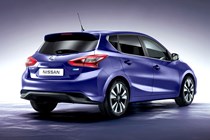
.jpg)
.jpg)
.jpg)
.jpg)
.jpg)
.jpg)
.jpg)
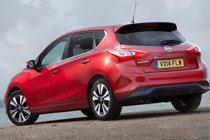
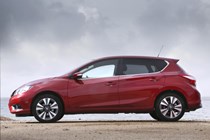
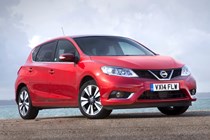
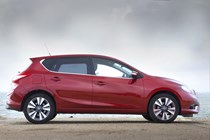

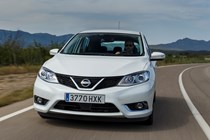
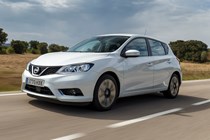
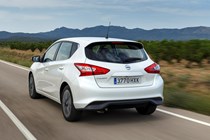
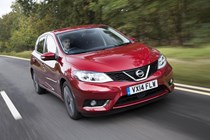

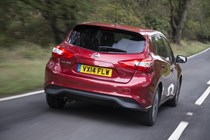
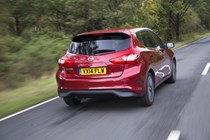
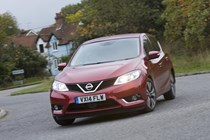
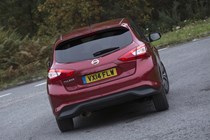
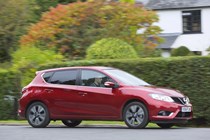
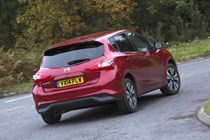
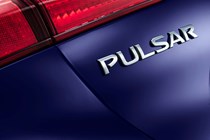
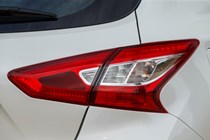
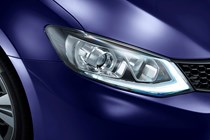
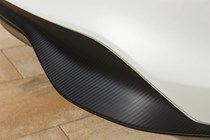
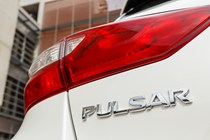
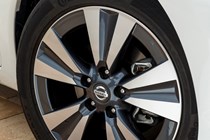
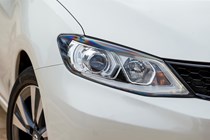
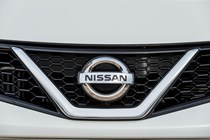
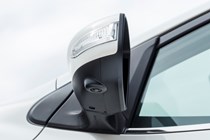
.jpg)
.jpg)
.jpg)
.jpg)
.jpg)
.jpg)
.jpg)
.jpg)
.jpg)
.jpg)
.jpg)
.jpg)
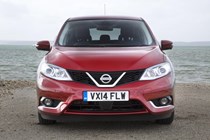
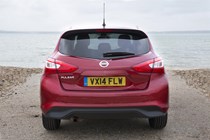
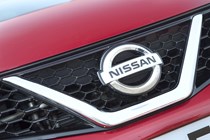
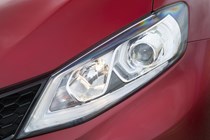
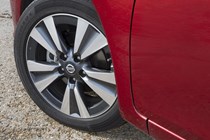
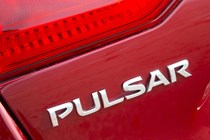
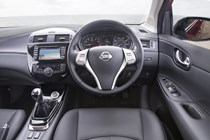
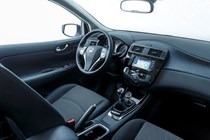
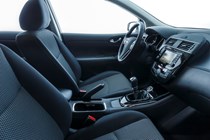
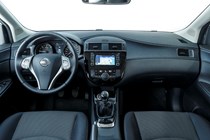
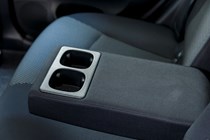
.jpg)
.jpg)
.jpg)
.jpg)
.jpg)
.jpg)
.jpg)
.jpg)
.jpg)
.jpg)
.jpg)
.jpg)
.jpg)
.jpg)
.jpg)
.jpg)
.jpg)
.jpg)
.jpg)
.jpg)
.jpg)
.jpg)
.jpg)
.jpg)

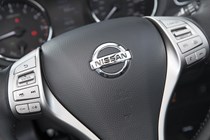
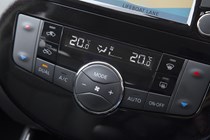
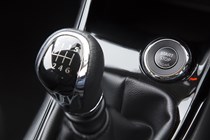
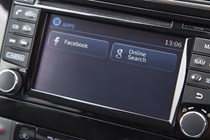
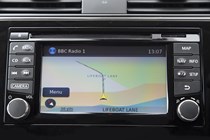
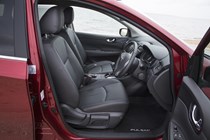

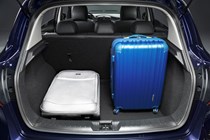
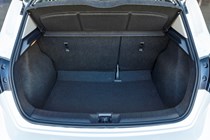
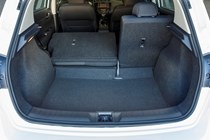
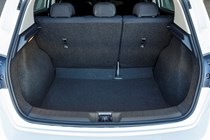
.jpg)
.jpg)
.jpg)
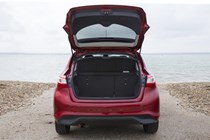
.jpg)
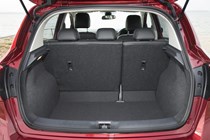
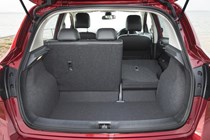
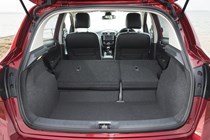
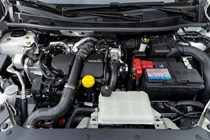

.jpg)
.jpg)
.jpg)
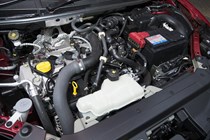
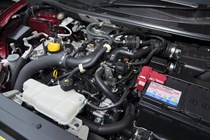



.jpg?quality=50)
.jpg?quality=50)
.jpg?quality=50)
.jpg?quality=50)
.jpg?quality=50)
.jpg?quality=50)
.jpg?quality=50)

























.jpg?quality=50)
.jpg?quality=50)
.jpg?quality=50)
.jpg?quality=50)
.jpg?quality=50)
.jpg?quality=50)
.jpg?quality=50)
.jpg?quality=50)
.jpg?quality=50)
.jpg?quality=50)
.jpg?quality=50)
.jpg?quality=50)











.jpg?quality=50)
.jpg?quality=50)
.jpg?quality=50)
.jpg?quality=50)
.jpg?quality=50)
.jpg?quality=50)
.jpg?quality=50)
.jpg?quality=50)
.jpg?quality=50)
.jpg?quality=50)
.jpg?quality=50)
.jpg?quality=50)
.jpg?quality=50)
.jpg?quality=50)
.jpg?quality=50)
.jpg?quality=50)
.jpg?quality=50)
.jpg?quality=50)
.jpg?quality=50)
.jpg?quality=50)
.jpg?quality=50)
.jpg?quality=50)
.jpg?quality=50)
.jpg?quality=50)












.jpg?quality=50)
.jpg?quality=50)
.jpg?quality=50)

.jpg?quality=50)





.jpg?quality=50)
.jpg?quality=50)
.jpg?quality=50)

